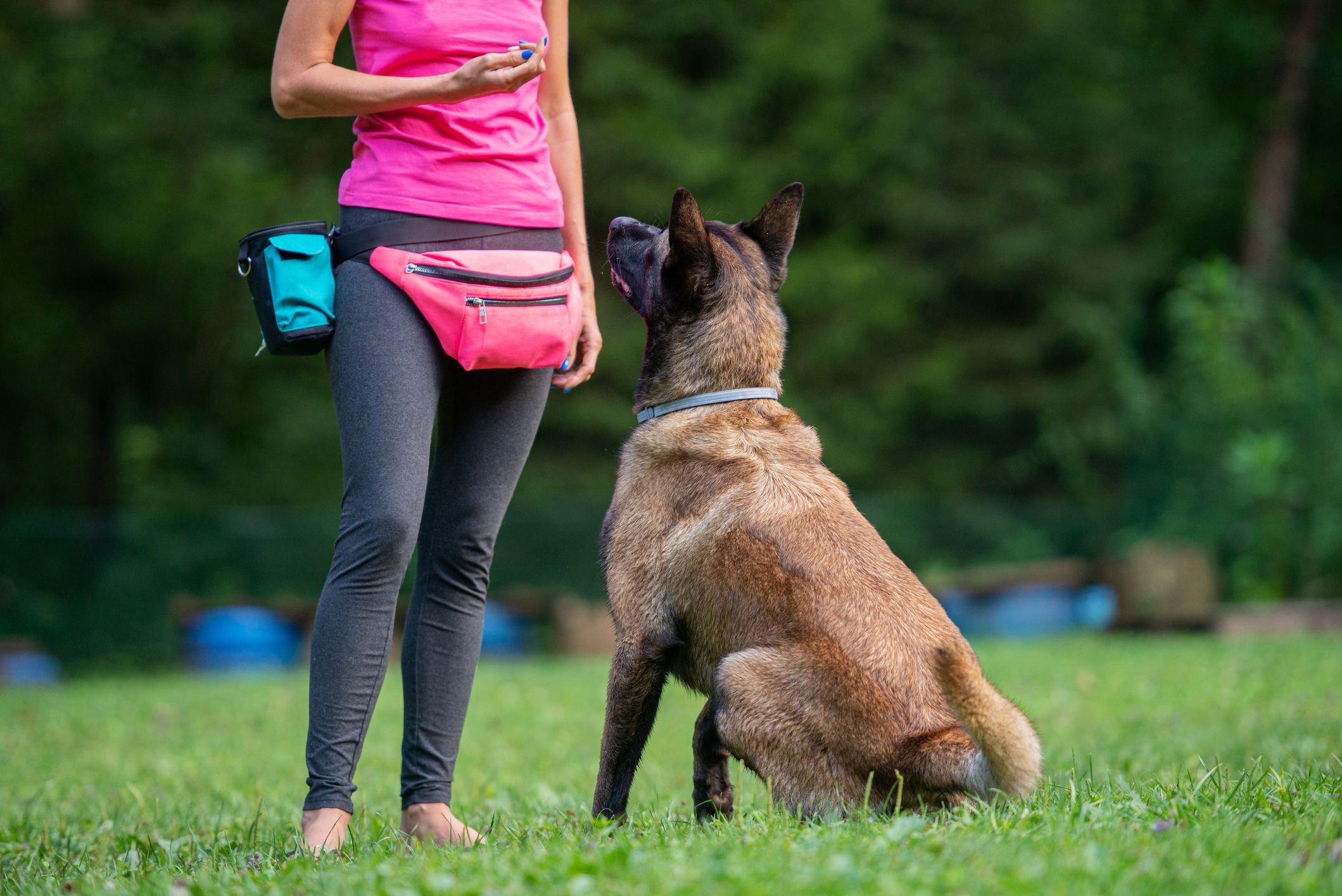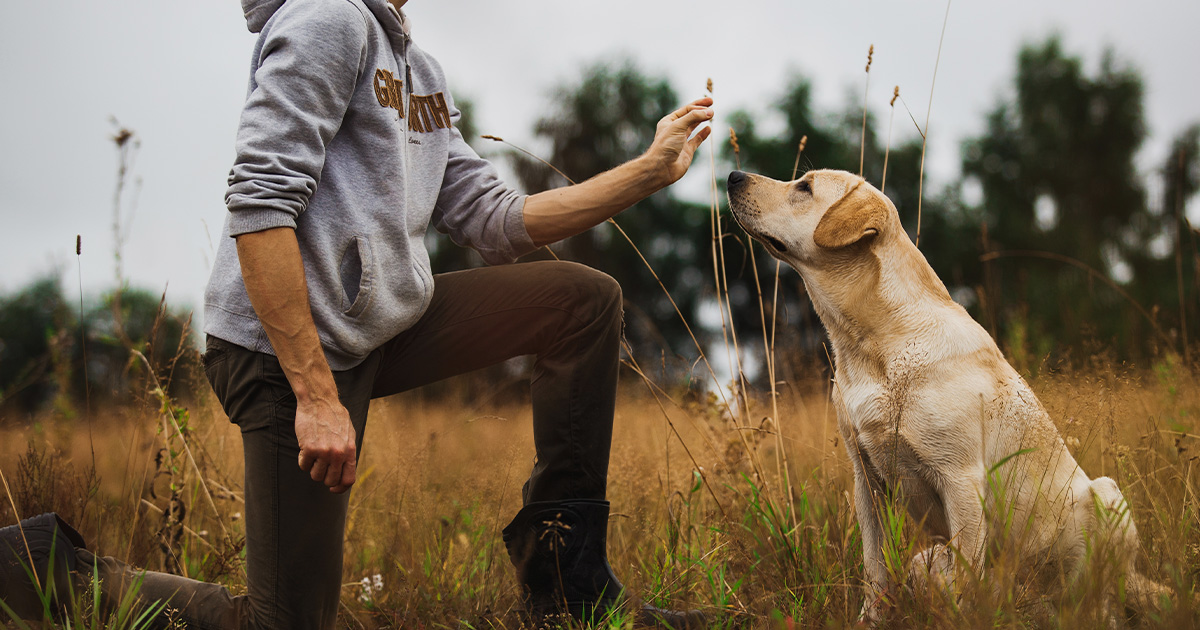Dog Training Rochester NY: Tailored Solutions for Every Dog's Needs
Dog Training Rochester NY: Tailored Solutions for Every Dog's Needs
Blog Article
Leading Canine Educating Strategies Every Proprietor Need To Know
Among the most noticeable techniques are favorable support, clicker training, and leash training, each offering distinct benefits that contribute to a well-behaved dog. As we discover these basic techniques, it ends up being obvious that grasping their nuances can dramatically affect the training experience and the canine's overall actions.
Favorable Reinforcement Strategies
Using positive reinforcement techniques is vital for effective pet training, as it promotes a trusting bond in between the trainer and the pet. This method concentrates on fulfilling preferable actions instead than punishing unwanted ones, producing an atmosphere for discovering. Rewards can consist of deals with, appreciation, or playtime, which encourage canines to repeat the habits that gain them these rewards.
Favorable support is rooted in the concepts of operant conditioning, where habits is affected by its repercussions. By continually fulfilling particular activities, trainers can form a dog's behavior over time. For example, a canine that remains on command and gets a treat is much more most likely to duplicate that behavior in the future.
Moreover, this technique boosts the canine's excitement for training sessions. They are extra involved and responsive when dogs connect training with favorable experiences. Past prompt therapy, positive reinforcement encourages a collective partnership between the canine and trainer, lowering anxiety and worry.
To take full advantage of efficiency, it is vital to supply incentives quickly, making certain the dog links the actions with the reinforcement. In significance, favorable support strategies not just yield better-trained canines however also promote a harmonious collaboration between pet dog and proprietor.
Clicker Training Approach
The clicker training method is a very effective technique that builds on the concepts of positive reinforcement by adding an unique sound to mark preferred habits. This technique uses a little handheld device that creates a clicking sound, allowing trainers to interact with their pet dogs in a clear and prompt way. When a dog executes a habits that the proprietor desires to urge, the remote control is activated, adhered to by a benefit, usually in the form of treats or appreciation.
The key to effective remote control training lies in consistency and timing. It is vital to click at the specific moment the desired habits happens, ensuring that the dog associates the sound with the activity and the subsequent incentive. This approach not just boosts interaction but likewise cultivates a more powerful bond between the proprietor and the pet dog, as it motivates involvement and interaction throughout training sessions.
Clicker training can be applied to a range of commands and actions, from fundamental obedience to much more complex techniques. Its adaptability and performance make it a preferred method among expert instructors and family pet owners alike, leading the way for a responsive and well-trained canine friend.

Leash Training Essentials
Effective chain training is essential for guaranteeing a risk-free and enjoyable walking experience for both pet dogs and their proprietors. A flat collar may function for some canines, while others may benefit from a harness that reduces pulling.
Present your canine to the leash slowly, permitting them to explore it in a comfortable environment. This entails satisfying your canine for strolling close to you instead than pulling in advance.
If your pet begins to pull, quit strolling instantly. Wait until they go back to your side before resuming. This instructs them that drawing does not bring about progress. Furthermore, practice various strolling environments to help your dog adjust to interruptions.
Normal method will solidify your canine's understanding of chain decorum. Bear in mind that leash training is a recurring process; patience and uniformity will certainly produce the very best results, cultivating a favorable experience for both you and your canine friend.
Socialization Methods
Socialization is a crucial facet of dog training that must ideally start throughout puppyhood however can be valuable at any kind of age. Effective socializing aids pet dogs develop self-confidence and decreases the possibility of behavior issues. To implement successful socializing approaches, subject your dog to a range of environments, individuals, and other animals.

Beginning with regulated setups, such as young puppy classes or organized playgroups, where young pets can engage safely. Progressively present your pet dog to brand-new experiences, including various noises, surface areas, and activities. Make sure these encounters are positive and satisfying to develop a complacency.
For adult pet dogs or those doing not have direct exposure, begin with low-stress circumstances. Short, positive interactions with pleasant human beings and tranquil pets can create favorable associations - Dog training. Utilize deals with and appreciation to enhance desirable actions throughout these experiences
Monitoring your pet's body movement is necessary; indicators of worry or hostility should be resolved quickly, either by getting rid of the pet dog from the circumstance or redirecting its focus. Constantly subjecting your canine to diverse stimulations will certainly foster versatility, making it an all-around companion capable of growing in different settings.
Uniformity and Patience
Acknowledging the value of consistency and perseverance in pet dog training is crucial for attaining long lasting results. Irregular training can lead to confusion, making it challenging for the pet dog to comprehend actions or commands, ultimately impeding development.
In addition, perseverance is a crucial component of reliable training. Pets, like human beings, discover at hop over to here their own rate. Some might understand ideas swiftly, while others might take much longer. It is important for owners to stay helpful and tranquil, strengthening favorable habits without resorting to stress or penalty. This fosters a trusting relationship in between the dog and proprietor, encouraging an extra ready and enthusiastic student.
To grow consistency and persistence, develop a routine training regular, use the same commands, and make certain that all member of the family use the same training principles - Dog training. By doing so, you create a steady setting for discovering, allowing your pet to create and thrive into a well-behaved buddy

Final Thought
In verdict, efficient dog training strategies, such as favorable support, clicker training, and appropriate chain training, are necessary for promoting a healthy owner-dog partnership. Additionally, executing socializing techniques and maintaining consistency and look at here now persistence throughout the training process adds dramatically to a pet's general well-being. By incorporating these approaches, dog owners can facilitate the growth of well-adjusted, obedient animals, inevitably boosting the quality of life for both the pet and the proprietor.
Amongst the most popular techniques are positive support, remote control training, and leash training, each offering unique benefits that add to a mannerly canine. As we discover these basic approaches, it ends up being evident that understanding their nuances can dramatically affect the training experience and the canine's general habits.Using positive support techniques is important for effective canine training, as it cultivates a relying on bond between the dog and the trainer.In final thought, effective pet training methods, such as resource positive reinforcement, remote control training, and correct leash training, are important for promoting a healthy owner-dog connection. By integrating these approaches, pet proprietors can help with the advancement of well-adjusted, obedient animals, inevitably enhancing the top quality of life for both the proprietor and the pet.
Report this page